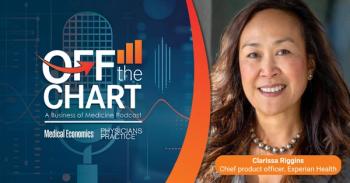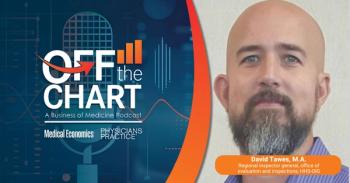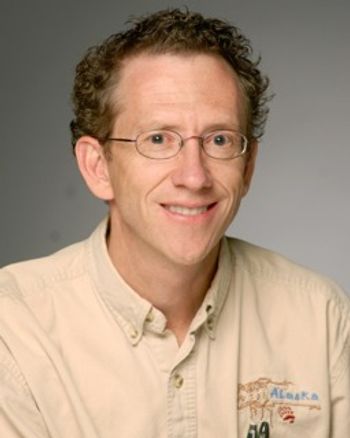
SBA and PPP loans increase in the seventh week of pandemic lockdowns
Nearly 1,000 primary care respondents report plans to apply for loans.
“Primary Care and COVID-19: Week Seven” reports an uptick in Small Business Administration (SBA) and Paycheck Protection Program (PPP) loans under the Coronavirus Aid, Relief and Economic Security (CARES) Act, passed in March.
The real-time survey from the Primary Care Collaborative (PCC), Washington, and The Green Center, Richmond, Va., reports 32 percent of the more than 3,100 primary care clinicians who responded plan to apply for SBA loans, up from 20 percent from last week’s survey. The current survey, conducted April 24-27, measures primary care practice response to COVID-19 and finds 16 percent expect to receive an “SBA or other loan in the next four weeks.”
Survey respondents included 1,500 nurse practitioners and 1,500 physicians along with physician assistants and other primary care clinicians from family medicine, pediatrics, geriatrics, and others. Practices from all 50 states and Washington, D.C. range from rural and community health centers to convenience care, direct primary care, independent and hospital and government-based.
Trending:
“They’re applying for (SBA loans) and other financial relief because they’re facing dire circumstances. Forty-two percent of practices have laid off or furloughed staff. Forty-five percent are unsure if they have enough cash to stay open for the next four weeks,” explains Ann Greiner, PPC president and CEO.
Indeed, half of surveyed clinicians report cash for the next four weeks with 55 percent “likely to have enough patients to stay open.”
“Physician practices are small businesses with nurses, front desk and administrative staff. They’re like every other business with the stay-at-home orders and holds on non-emergent surgeries and practices,” observes Gundling.
Greiner notes, “Primary care clinicians, on average, make substantially less than specialists. So, they may have less reserves and capital to draw upon in a challenging economic environment. Independent practices, not part of the health system, are going to be further challenged and those in rural areas, which tend to be not as rich or take care of the safety net, are the ones to watch out for,” warns Greiner.
Respondents to the previous COVID-19 survey described the SBA loan application process as “onerous” with promised support “lower than reported.”
“Everyone’s struggling trying to do the paperwork to apply for loans,” says Greiner who points to the COVID-19 webpage on PPC.org for information about commercial plans that offer advanced payment support.
Read More:
“I would consult your specialty society for advice about how to get relief funds or loans. If you’re contracting with a health plan, ask if they have support available to keep your doors open. Many in the primary care community are advocating to Congress for more relief,” she suggests.
Gundling says, “SBA is run by the Department of Treasury. So, when the law was passed they were scrambling to get the cash out. Interpretations of the law were evolving. Websites and portals, instructions to banks were evolving and confusing.”
He advises physicians to “Work with your bank to make sure you have a line of credit for cash. Make sure you have enough of a cushion. Make sure you have cash accessible to meet your obligations for loans and payroll. What’s the availability of a line of credit? You should be able to draw on it until your patient volumes come back. Right now, it’s all about cash.”
Newsletter
Optimize your practice with the Physicians Practice newsletter, offering management pearls, leadership tips, and business strategies tailored for practice administrators and physicians of any specialty.










